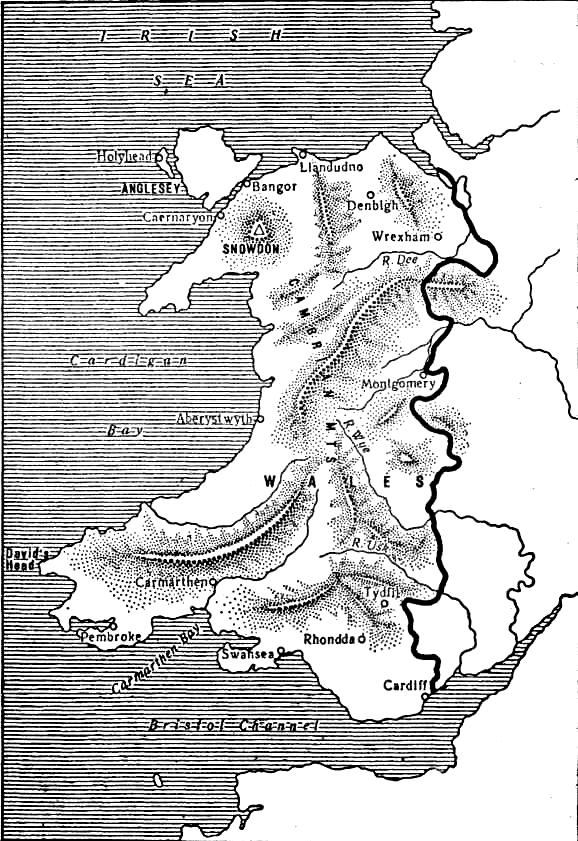
- •Предисловие
- •The united kingdom of great britain and nothern ireland unit 1
- •Read, translate and remember:
- •The United Kingdom
- •Topical Vocabulary
- •Exercises
- •Translate the text.
- •Translate the following words:
- •Answer the questions:
- •Translate into English:
- •Climate in Britain
- •Read the text and compare the climate in Britain with the climate on the continent.
- •Check your comprehension.
- •Political system unit 2
- •Read, translate and remember:
- •State System of Great Britain
- •Topical Vocabulary
- •Exercises
- •Translate the text.
- •Fill in the blanks with prepositions or adverbs:
- •Answer the following questions.
- •Retell the text “State system of Great Britain”.
- •Translate into English:
- •Give the annotation of the text. Cities of the United Kingdom
- •Topical Vocabulary
- •Answer the questions:
- •Translate into English:
- •Education in great britain unit 3 British Schools
- •Topical Vocabulary
- •Answer the questions:
- •Translate into English:
- •Britain's Universities
- •Topical Vocabulary
- •Answer the questions:
- •Translate into English:
- •Unit 4 Bank Holidays and Celebrations in the United Kingdom
- •Topical Vocabulary
- •Answer the questions:
- •Translate into English:
- •Customs and Traditions in Great Britain
- •Topical Vocabulary
- •Answer the questions:
- •Translate into English:
- •Unit 5 Traditional Meals in Britain
- •Topical Vocabulary
- •Answer the questions:
- •Translate into English:
- •Unit 6 British Economy
- •Read the text and say what you know about the economy of the uk.
- •Check your comprehension.
- •The Population of the Country
- •1. Read the text and say what peoples live on the British Isles.
- •Check your comprehension.
- •Приложение Тексты для самостоятельного изучения
- •Read the following proper nouns correctly.
- •Read the text and name the main cities, rivers, mountains in England.
- •Check your comprehension.
- •1. Read the following proper nouns correctly.
- •2. Read the text and say what interesting you've got to know about Scotland.
- •Check your comprehension.
- •1. Read the following proper nouns correctly.
- •2. Read the text and say what you remembered about Wales.
- •Check your comprehension.
- •Read the following proper nouns correctly.
- •Read the text and speak about Northern Ireland.
- •Check your comprehension.
Check your comprehension.
1. Where is Scotland situated? 2. What territory does it occupy? 3. What is the capital of Scotland and where is it situated? 4. Describe the land of Scotland. 5. What are the three main regions of Scotland? 6. What are the typical landmarks of the Border? 7. What can you say about the history of the Lowlands? 8. What are the main cities and rivers in the Lowlands? 9. What are the Highlands? 10. What special do people know about Scotland?
WALES
1. Read the following proper nouns correctly.
Wales – Уэльс
Snowdonia – Сноудония
Druids – друиды (согласно уэльским легендам – волшебники, пророки)
The Welsh – валлийцы, уэльсцы
Cardiff – Кардиф
Swansea – Суонси
2. Read the text and say what you remembered about Wales.
Another constituent part of the United Kingdom is Wales. It became part of England in 1536 by the Act of Union. Until then it had been regarded as a separate principality but a dependency of England. This small country is situated along the western side of the island that juts out into the sea in the form of a rectangle about 120 miles long and 60 miles wide. It occupies the territory of about 17000 sq. miles. About three million people live in it. Wales is a highland country of old, hard rocks. North Wales is a country of mountains and deep valleys; South Wales is a land of high hills and wide valleys stretching into downland and plains. The pride of Wales is Snowdonia, the national park in a picturesque mountain region in the north of Wales. Snowdon is the highest mountain in Wales.
The vegetation of Wales reflects the mountainous nature of the country and its moist climate. Moisture-loving species such as ferns are found almost throughout all Wales. The whole area of Wales may be subdivided into three regions – the Welsh Mountainous area, Industrial South Wales and the Welsh Borderland.
When the Romans came to Wales nearly two thousand years ago they found a strange religion called Druidism, whose priests were called Druids. Little is known about Druids, but there are many legends about them.
Who are the Welsh and how did they come to live in Wales? About 2500 years ago the Welsh came to England from Europe but were driven westwards to this mountainous country of Wales. Until the 14th century Wales had a tribal society. It developed its own language and culture.

The English crown sent armies to conquer Wales but met great resistance to English occupation. In 1536 an "Act of Union" placed Wales under the authority of the English crown. The Act of Union denied Wales its national rights, abolished its laws and prohibited the use of the Welsh language.
Although it is now about seven hundred years since Wales became subject to the English Crown, the Welsh people have retained, to this day, their own individuality and their own language, an ancient Celtic tongue whose literature goes back 1400 years.
The capital of Wales is Cardiff, the largest city in Wales. The second largest city in Wales is Swansea where mainly metal industries are developed.
